Gokoku-ji
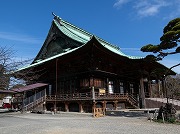 Gokoku-ji (護国寺) is a Shingon Buddhist temple established in 1681, and is one of the most major Buddhist temples in Tokyo.
Gokoku-ji (護国寺) is a Shingon Buddhist temple established in 1681, and is one of the most major Buddhist temples in Tokyo.
It managed to survive the air raids of WWII and thus preserves buildings constructed before the war.
Another feature of this temple is that it became known for its commitment to sado (Japanese tea ceremony) from around the late Meiji period and has about ten tea houses or so in its precincts.
The temple is right in front of Tokyo Metro Yurakucho Line Gokokuji Station.
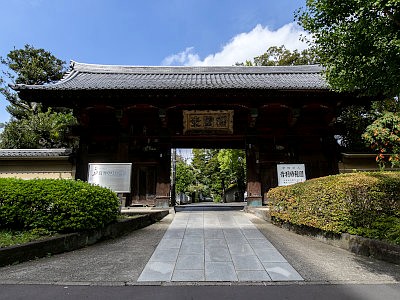
The samon gate was erected in around late 17th century to early 18th century.
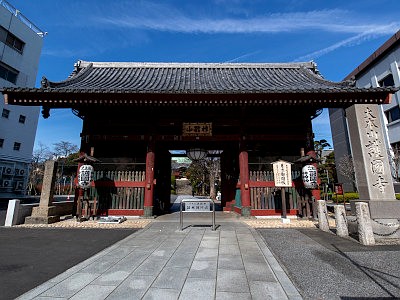
The niomon gate was erected in the 18th century. It houses statues of guardian deities.
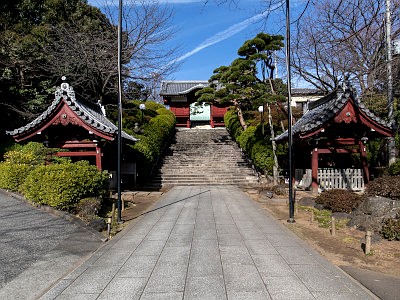
The mizuya at the foot of the stairs are where you cleanse your hands before paying respects.
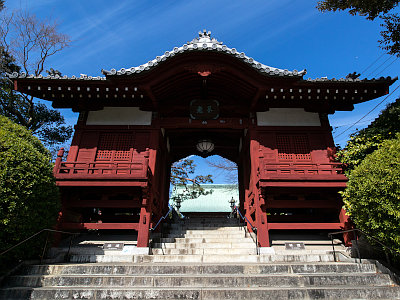
The furomon gate over the stairs was built in 1937.
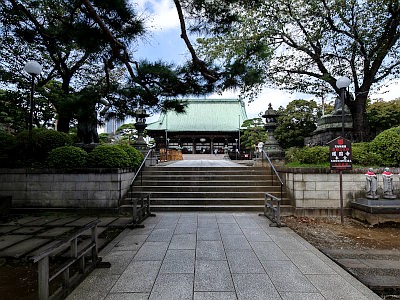
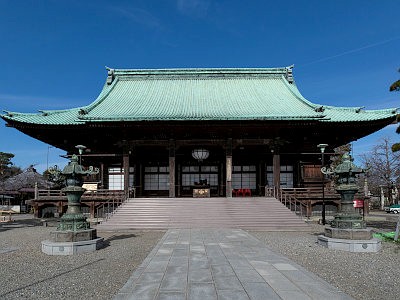
The hondo, or the main hall, was completed in 1697. It is dedicated to Nyoirin Kannon.
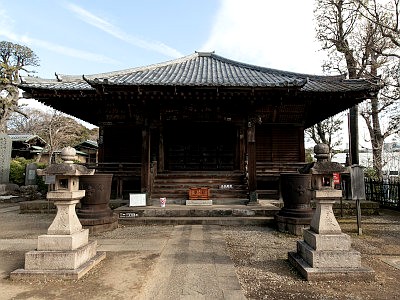
The daishido, constructed in 1701, is the building in which Kukai, also known as Kobo Daishi, founder of Shingon school, is enshrined.
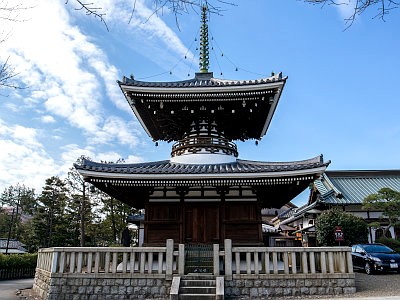
The tahoto pagoda was erected in 1938.
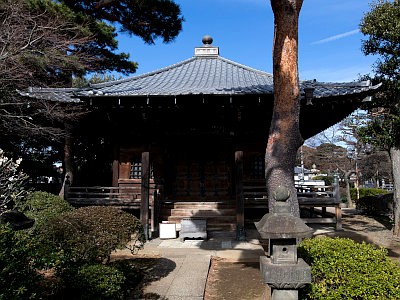
The yakushido, which is dedicated to Yakushi Nyorai, was built in 1694.
On the right side of the yakushido stands the chureido, which was constructed in 1902 to store the bones of soldiers who died in the First Sino-Japanese War.
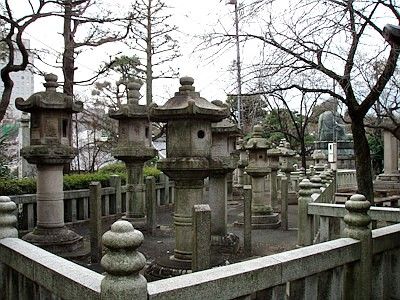
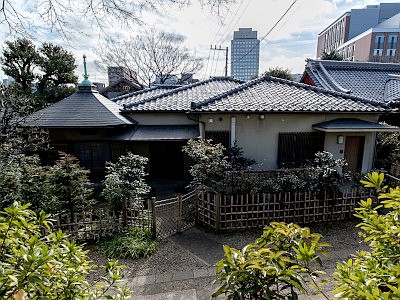
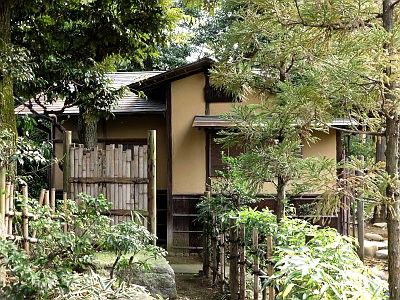
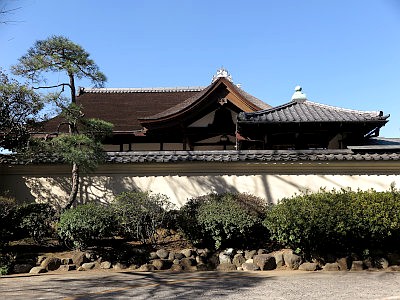
This temple is famous for tea ceremonies, and about a dozen tea houses are placed in the precincts.